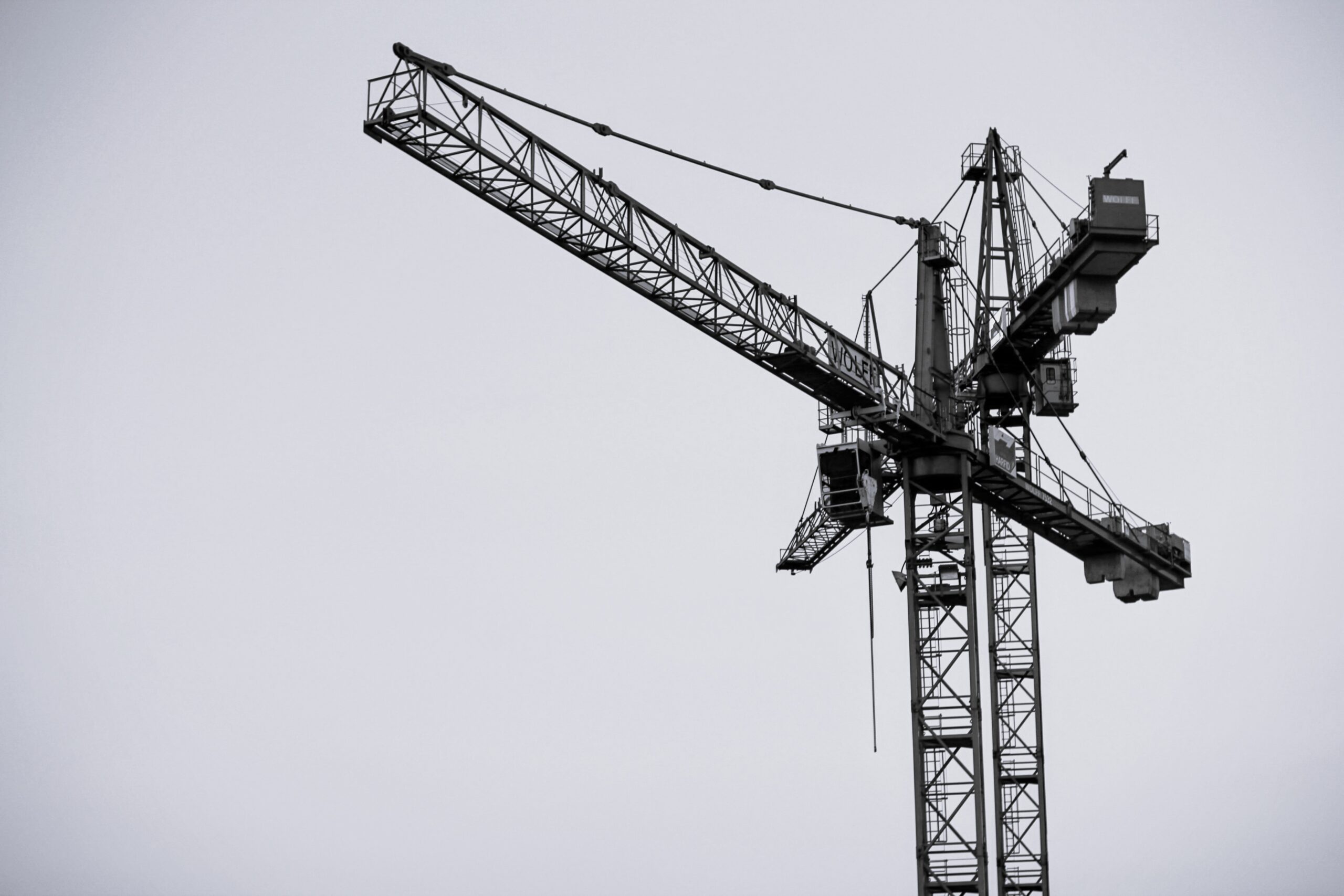Introduction
On 7th March 2025, the Health and Safety at Work (Minimum Health and Safety Requirements for Work at Construction Sites) Regulations, 2025 (hereinafter the “New Regulations”) were published and will come into force with effect from 7th September, 2025. The New Regulations, which repeal its predecessor The Workplace (Minimum Health and Safety Requirements for Work at Construction Sites) Regulations (hereinafter the “Repealed Regulations”), are aimed at strengthening workplace safety standards in the construction industry.
This article examines the key changes introduced by the New Regulations and outlines the requirements for individuals involved in the construction industry to ensure compliance.
- Project Supervisor
Registration & Appointment
Several changes have been made by the New Regulations in respect of the role of project supervisor, which now require the individual occupying such role to be registered as a competent person with the Occupational Health and Safety Authority (hereinafter the “Authority”). This means that such persons must satisfy the eligibility criteria for registration as competent persons, which eligibility criteria have been established by virtue of Administrative Instrument No. 1 of 2025 published by the Authority.
Moreover, the New Regulations mandate that the project supervisor’s engagement by the client be formalised by virtue of a written engagement and that their appointment be notified to the Authority, which notification is a pre-condition for the commencement of the relevant project.
In terms of the Repealed Regulations, where no project manager was appointed, the client assumed this role de facto. This is no longer the case, and whereas the New Regulations still permit the client to act as project supervisor, the client may only be appointed as such where they meet the appointment criteria, and the Authority is notified of such appointment accordingly.
Additional Duties
The New Regulations, unlike its predecessor, structure the project supervisor’s obligations into three distinct stages (i) duties at the project preparation stage, (ii) duties at the execution stage, and (iii) general powers and duties related to health and safety matters.
While the duties of the project supervisor at the project preparation stage remain unchanged, this is not the case vis-à-vis execution stage. The new responsibilities at execution stage focus mainly on ongoing site monitoring, obliging the project supervisor to conduct thorough inspections of the entire construction site and work practices as often as necessary to ensure that contractors, employers, and self-employed persons identify measures to be undertaken in relation to health and safety, and to recommend any preventive and precautionary measures as may be necessary. The frequency of these inspections must align with the size of the site, the nature and extent of hazards, and the type of works being carried out.
Additionally, the project supervisor now has investigative and reporting functions that are triggered upon receipt of a complaint in relation to any matter which may give rise to suspicion of a breach of the Health and Safety at Work Act (Chapter 646 of the Laws of Malta). In such cases, the project supervisor must hear any representations to be made by client (or the client representative, where applicable) and the person who filed the complaint, and thereafter prepare a written report within the determined time-frames. This must include any recommended corrective actions to be implemented by the client in connection with the complaint. Failure on the client’s part to implement such recommendations renders them guilty of an offence. Similarly, the same applies where the project supervisor either (i) fails to draw up a written report in accordance with the New Regulations upon receipt of a complaint and/or (ii) fails to make the correct recommendations.
Moreover, in the event that there exists a reasonable concern that the carrying out of work and/or an activity on the construction site could likely expose any person present thereupon to a serious health and safety risk, the project supervisor has the power to (i) halt such works and/or activities or (ii) order any other measures as deemed necessary. The project supervisor is to notify duty holders involved in the relevant project of such measures and the Authority of any non-compliance therewith.
- Introduction of the Role of Client Representative
Another development made by the New Regulations is the introduction of the role of client representative, allowing the client—the person for whom the construction work is being carried out—to appoint, at their option, a representative to act on their behalf, thus enabling the delegation of the client’s responsibilities as they emerge from the New Regulations. Once appointed, the client representative assumes full responsibility for fulfilling the duties imposed on the client under the New Regulations.
- Limit of Liability of the Project Supervisor
Under both Regulations, the project supervisor is protected from liability in connection with health and safety matters, provided they have not acted negligently. The New Regulations provide an additional safeguard to the extent that no civil action for damages lies against the project supervisor where, despite their act or omission, liability primarily rests with the client, contractor, employer, or self-employed person who failed to implement the necessary safety measures as instructed.
- Duties of Contractors
In so far as contractors are concerned, the New Regulations have also expanded the scope of the definition of “contractor” to also include sub-contractors. Moreover, while both Regulations require contractors to refrain from commencing work before a project supervisor is appointed and to take health and safety measures in line with regulatory requirements, the New Regulations introduce a much broader and more detailed framework of contractor duties.
- Duties of Workers
The New Regulations have also imposed obligations on workers, which obligations did not arise from the Repealed Regulations, recognising their personal responsibility in maintaining health and safety on construction sites. Workers are now required inter alia (i) to actively cooperate with the project supervisor, (ii) to comply without delay with the project supervisor’s directives, as well as with preventive and protective measures, and (iii) to promptly provide any necessary information required to enable compliance by the project supervisor with their duties arising from the New Regulations.
Conclusion
In light of the current situation surrounding the health and safety of Malta’s construction industry, the New Regulations, that introduce a more comprehensive framework, are seemingly aimed at mitigating health and safety risks through the imposition of more onerous obligations, with enhanced collaboration among all stakeholders, and this in order to ensure a safer and more regulated construction industry across the board.
For any assistance with adherence to the New Regulations, please get in touch with Karl Briffa (karl.briffa@vba.mt), Danica Decesare (danica.decesare@vba.mt), and Julia Darmanin (julia.darmaning@vba.mt).



